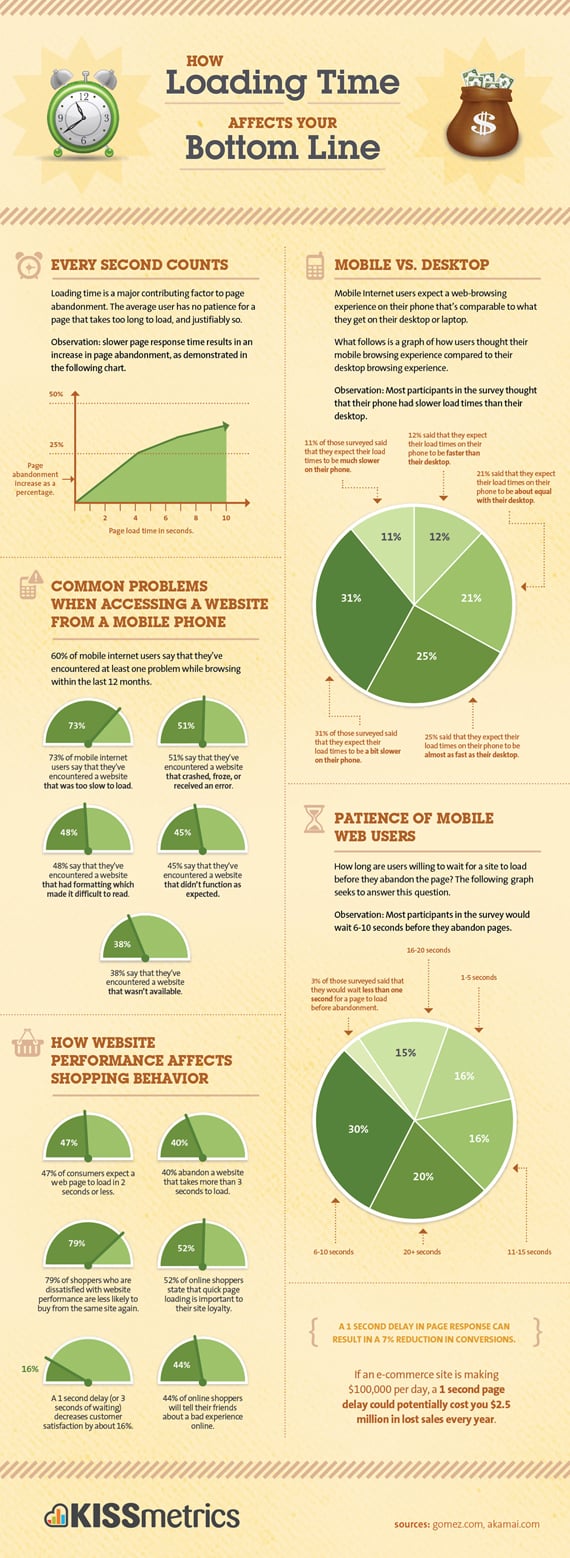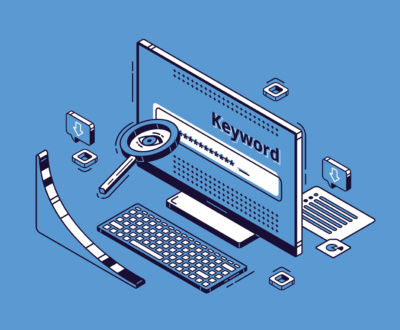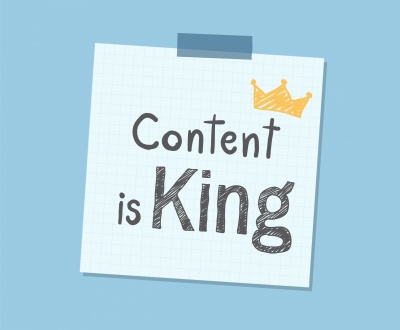Understanding the Critical Importance of Site Speed for SEO and Conversion Performance
Imagine for a moment that you’ve just walked up to a store that you’re interested in. You go to open the door, and the handle won’t move. Instead, a timer pops up that tells you the door will open shortly. As the seconds tick by, you look around and see another similar store nearby with a wide-open door that has customers coming and going freely. After a few moments of standing there waiting for your door to open, you choose to walk away and try the other store.
This is what happens all the time to businesses with slow websites. If that door opened immediately, the customer would not have simply walked away and headed to the next business. The same applies to those precious seconds where a potential visitor is waiting for your website to load. The longer they wait, the more likely they are to simply go to the next available option instead.
This is why site speed is so important.
There are countless other similar instances that can be used to illustrate the importance of fast website load times. Call centers that place customers on hold for hours see an extremely high call drop rate, whereas call centers that answer immediately are rated higher for caller satisfaction. Shipping times play a huge role in e-commerce business success, as fast, free shipping often seals the deal for customers who don’t want to wait weeks for their purchase to arrive. All of these analogies point to a similar theme; we don’t like to be kept waiting.
Speed is one of the most important factors to affect the first impressions of visitors coming to your website. From a purely psychological viewpoint, technology that works quickly is generally perceived as superior to slower alternatives, and the same applies to websites. With a slow website, conversion rates will suffer, and your digital strategy won’t be able to reach its full potential.
In addition, it’s not just user behaviour and first impressions that are impacted by the speed of your site. Site speed is also one of the elements that is considered as part of Google’s search engine ranking algorithm. In a nutshell, Google views fast sites as preferential to those that are slower to load, and this is particularly prevalent for mobile searches. In fact, mobile site speed is one of the most critical factors influencing your websites ability to rank effectively in organic search.
What happens if my site is slow?
To put it simply, if your site is slow, you lose out on business. Whether it’s because customers drop off while waiting for your site to load, or they simply can’t find you on the search result pages because your ranks are too low, you won’t be getting the results that you could with a faster site.
Numerous studies have been performed on this topic, and statistics compiled by Kissmetrics certainly support these statements. In this helpful infographic, you’ll see some eye-opening metrics related to user behaviour relative to site speed.

One of the most important takeaways from this list is that nearly 50% of consumers expect a web page to load in just TWO SECONDS or less. Plus, 40% of users would simply abandon a site if loading waits pass the three-second mark, and even a single second in page response delay has the potential to drop conversions by 7%, or possibly more. These are numbers that your business can’t afford to ignore, especially if your competitors don’t have these same problems with website loading times.
Sample Impact Analysis for Site Loading Time Delays
If we take these numbers and pull them into a sample calculation to use as a reference, the potential impact becomes quite clear. Let’s assume that you get 100,000 users attempting to access your site in a month, and let’s assume that a site loading at 3 seconds keeps all 100,000 of those visitors long enough for the site to load.
Now, if your site takes 4 seconds to load, just a single second longer, and we use the benchmark of the 40% abandon rate, your site could potentially lose out on 40,000 of those visitors. Using a very conservative 5% conversion rate, that’s 2,000 conversions every month that you’re missing out on. Yes, site speed really is that important.
Ok, so you’re now probably thinking about what you could do to improve the loading times of your website, but there are so many different parts of a website, it can be tough to figure out where to begin.
What causes a website to be slow to load?
Although there are dozens of ways to incrementally speed up your website, loading times in general are most significantly affected by a handful of key factors.
Bloated and Inefficient Code
One of the most effective ways to speed up the loading times of your website and individual pages is with a cleanup of code and the implementation of external CSS (cascading style sheets) and JavaScript. Rather than repeat the same code on each page for style elements that apply to the entire site, external files for CSS and JavaScript mean that they just need to be loaded one time, no matter how many pages within the site the user ends up browsing.
Other ways to speed up your site with code include the removal of unused snippets, extra spaces and characters, and unnecessary comments. Every piece of code that can be cleaned up and removed, while still maintaining the desired functionality, is one less piece of code that could add to site load times.
Underpowered Servers
Not all hosting solutions are created equal, so it’s always a good approach to evaluate the stability and performance of your server when considering ways to improve site load times. If your server response time is consistently in excess of 200ms, you may want to consider changing providers to help improve speed. Look at all aspects of server performance, including available storage, memory, and other potential bottlenecks to determine the optimum server setup for your site.
Image Compression
Images make up a big chunk of the data that must be downloaded on your site, so looking for ways to optimize your images and reduce their total file size is a good way to improve site speed. Consider the image format being used relative to the purpose of the image to identify areas of opportunity. Photographs are generally best optimized as JPEG files, whereas graphics, logos, and other visual elements that use fewer colours are often saved as PNG files. At the end of the day, choose the image format that provides the best balance of quality and file size to keep the total impact of images on loading times as low as possible.
Multiple Redirects
It should come as no surprise that if a user clicks on a link that has been redirected to another location, the loading times will be slightly longer for each redirect that is encountered. It’s considered best practice to minimize the use of redirects wherever possible to avoid the potential for longer load times. Of course, in some instances redirects are necessary in order to maintain SEO authority, so this should always be approached with great care to ensure that the benefits of faster site speed don’t come with unforeseen consequences.
Website Animations, Auto-play Elements, Sliders, and Carousels
Web design has come a long way since the days of FLASH and other animation-heavy design styles, and that’s a good thing. Nevertheless, there are still many sites that have been created with an excess of auto-play elements, fancy animations, sliders full of high-res images, and other design components that can really throttle back your site speed.
A good rule of thumb to follow in website design, and in many other areas of digital marketing, is the tried and true ‘less is more’ approach. Think of each additional design element based on the value it delivers to the user and their experience. If it truly enhances their visit on your site, contributes to their likelihood of converting, or provides some other tangible benefit, then it may be worth adding. However, each ‘thing’ you add increases the time it takes to load your site, so tread carefully.
How do I get started improving my site speed?
The process of speeding up your site starts with identifying where the problems with loading times are really coming from. Since there could be many different issues, using a tool such as Google’s PageSpeed Insights will help give you an inside look at what’s going on behind the scenes when a user attempts to load your site.
Of course, knowing what’s wrong is just the first step. From there, you need to put a strategy and plan in place to make the necessary changes and improvements to your site. WMT’s team of SEO experts are standing by to help you boost your website speed, reduce load times, and achieve growth in conversion rates. We will help you formulate a comprehensive plan to address site speed issues and get your website running efficiently for each and every visitor. Contact us today, and accelerate your success with a fast website.
About the WMT Blog
We are a digital marketing company and want to share ideas as inspiration for current and prospective clients.
Questions? Contact us today for more information!
Request a quick estimate on any of our professional services designed to help brands increase exposure across all the most important touchpoints - SEO, Paid Search and Social Media.











